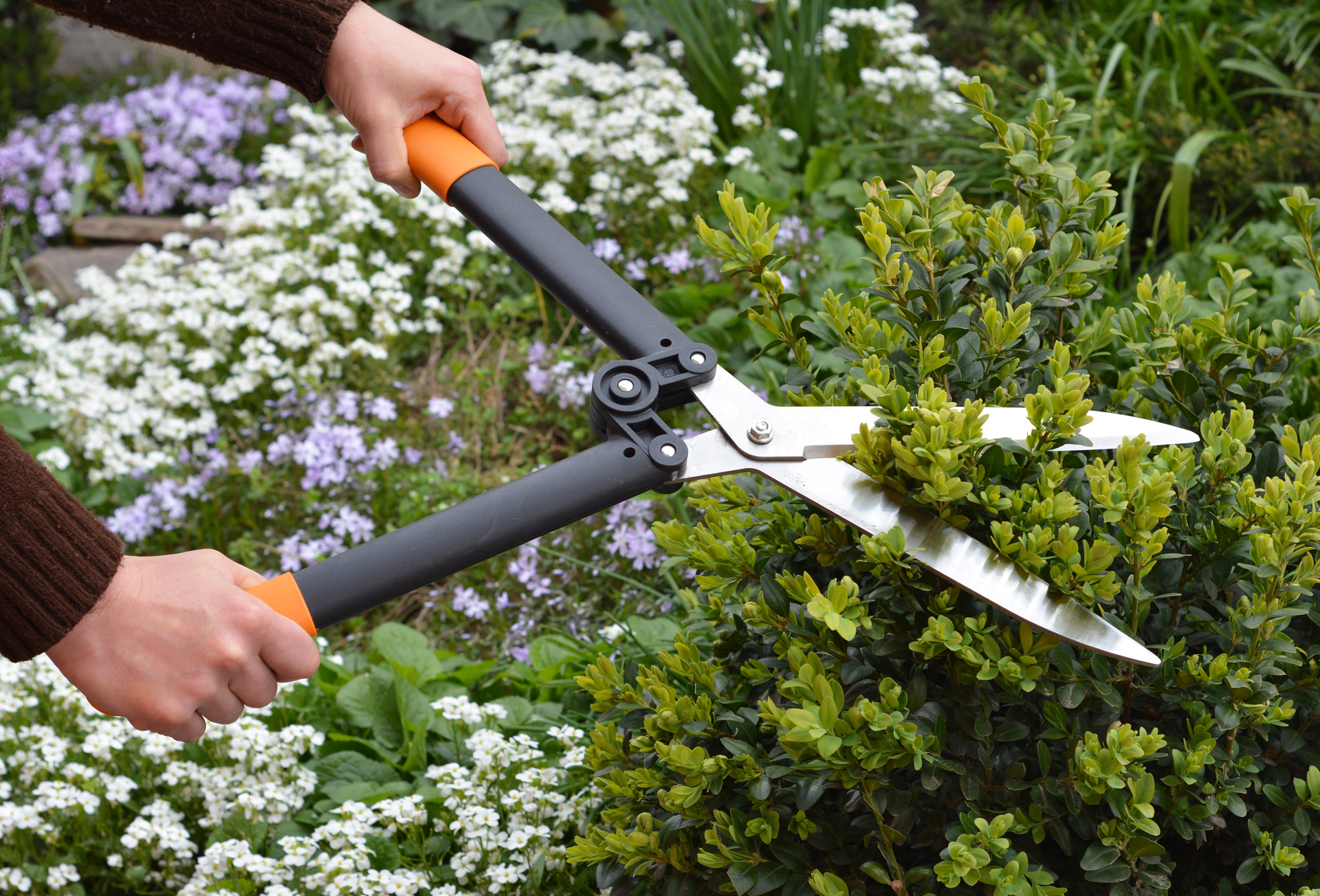What's The Difference Between Bushes And Shrubs?
Is It A Bush Or A Shrub?
When it comes to a beautiful green landscape, our choices of shrubs, bushes and trees can make all the difference. As homeowners, we fall into many categories, DIY warriors, set it and forget it, and stay in our lane by hiring quality people to perform a world-class service. In Marysville, Washington, the landscaping choice for these types of homeowners is Tyler’s Lawn Salon. Choosing the right greenery is more than just a visit to the local hardware store and picking out something that catches your eye, and that’s where we come in. While most people use the terms shrub and bush interchangeably, they are different.
Shrubs are perennial woody plants, which means they come back yearly. They have many stems but have no main truck. Evergreens keep their leaves year-round, and deciduous lose their leaves in winter and grow them back in the spring. There is debate over the height at which a shrub is considered a tree, with some setting the bar at 20 feet and others at 33 feet.
Bushes are generally smaller and have leaves that touch the ground, and shrubs are typically grown in rows, where bushes grow wild. These elements work well together by creating contrast and adding texture to the landscape with many different shapes and sizes.
Some of the more popular bushes and shrubs in the Great Northwest are:
Sweetbox: They have small blooms which are more than made up for by the extreme vanilla fragrance. What makes them special is they bloom right before Christmas, adding to the festive holiday spirit. They are tolerant of the cold weather and can grow to about five feet.
Mahonia: This is an evergreen shrub full of yellow blooms and blueberries. The berries are a great attraction for wildlife and can be used to make jams and jellies. They are also cold-weather tolerant and can survive Marysville’s snowfall.
Camellia: It is known for its large colorful flowers, up to 5 inches in diameter. They come in whites, reds, and pinks and various petal shapes. They bloom in the spring, and one of the species, the Camellia sasanqua, blooms mid-winter. Hummingbirds are particularly attracted to the sasanqua.
One of the great things about shrubs is we can turn them into works of art, called topiaries, and if you’ve seen Edward Scissorhands, you know they can be magnificent. The artform goes back to Roman times in the garden of Julius Caesar. After Rome fell, they lost their popularity for several hundred years but eventually came back into favor. In the United States, the popularity can be traced to Walt Disney’s use of topiaries at Disneyland in the 1960s to recreate his characters.
When most people think of topiaries, they envision dense green and geometrical shrubs. However, they can also be shaped into complex shapes using a wireframe. Hence, their nickname of “living sculptures.” Thanks to their dense branching patterns, evergreens are the most popular species for creating topiaries. Though most specimens require annual or biannual trimming to maintain their form, fast-growing species may need more attentive care. Like many plants, topiaries typically require sun over shade to truly thrive, but there are also shaded species that can survive indoors. Above all, the species you choose to grow should be suitable for the Washington growing zone as designated by the USDA Plant Hardiness Zone Map.
Topiaries can be used for a splash of personality in your front yard or as a formal statement piece. If you are feeling ambitious, you can create an outdoor gallery of living art built to impress guests or passersby. For a splash of color, you can use a floral species, though they are a little more complicated to care for. To prevent trimming off necessary flower buds, you’ll need to be aware of flowering and growth patterns. According to experts, flowering topiaries are best kept as mounds or cloud-like forms. Some of the most popular species include Winter Jasmine, Japanese Holly, and Podocarpus. Furthermore, topiaries are not reserved for visual aesthetics; they can also be aromatic. For example, lavender herbs can be grown as small topiary plants, and you can use the excess trimmings in potpourri or to add a fresh scent to your home.
There is no better way to put a personal stamp on your property than with a topiary. In Lake Stevens, Snohomish, and Granite Falls, Tyler’s Lawn Salon is synonymous with incredible topiary creations. It takes skill, experience, and most of all, passion, to bring a shrub to life, and we are the best in the region. Whether you are looking for year-round blooms, fruits and berries, or additional privacy, Tyler’s Lawn Salon is here for all your landscaping needs.
Contact us for an estimate.

